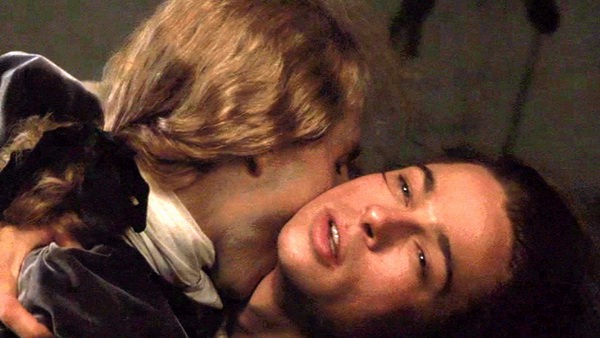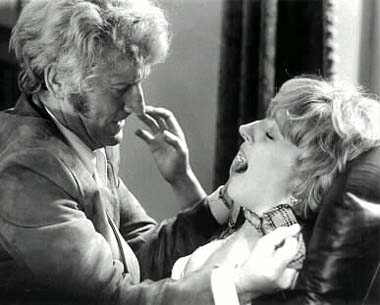"The Curious Case of Benjamin Button"
David Fincher, 2008
David Fincher, 2008

Why are filmmakers so obsessed with exposing our vulnerability and temporality? This year, we have seen at least two serious attempts at exploring these hefty concerns. The first is Charlie Kaufman's “Synecdoche, New York,” which centers on a brilliant artist who tries to overcome artistic and personal impediments. The second is David Fincher's latest film, “The Curious Case of Benjamin Button.” The latter is about a man named Benjamin (Brad Pitt), who is born in New Orleans, at the culmination of World War One, in 1918, as an old man who ages backwards.
It's a wonderful, intricately made film, though it's so precisely constructed that its characters are left somewhat emotionally sterile. But I think that this is Fincher's point - that people are subject to circumstances that lie beyond their control. Much of Benjamin's journey consists of simply running into interesting people, many of whom are full of regret, and seeing what cards they have been dealt – and how they deal with their circumstances. He befriends a bored, middle-aged woman named Elizabeth (Tilda Swinton), who attempted to swim across the English Channel, only to find that the current was so strong that she had to give up on her dream within two miles of France's shore. In one beautifully engineered sequence, Fincher illustrates how Benjamin's love interest, Daisy (Cate Blanchett), who was a dancer, could have continued her successful career had the taxi that ended up hitting her driven by five minutes earlier, or had the driver stopped for coffee; and so on. Thus we get the fascinating, if somewhat sobering, notion that people are defined largely by their experiences, rather than necessarily being fascinating in themselves.
Like “Zodiac” (2007), “The Curious Case of Benjamin Button” feels a bit too long. But Fincher has a keen sense of visuals and of pacing that helps to keep his nearly three hour movie interesting. The film has a curious self-reflexive quality: there is a visual motif involving a clock running backwards, while Benjamin's life moves ahead, and a running gag involving an old man that tells a story about how he was struck repeatedly by lightning (we see grainy, degraded clips that depict these events). Paolo Cherchi Usai, in his book The Death of Cinema, describes film itself as a temporal thing, and as much a subject to time as the characters it chronicles. But if one's life and the medium on which it is recorded – be it film, or the diary on which Benjamin's story is chronicled – is subject to deterioration, and, ultimately, destruction, the most that we can hope to expect is that that the experience itself is memorable. Fortunately for us, it certainly is in Benjamin's case.
Given the sheer amount of detail and characters that Fincher chronicles in Benjamin's unusual journey, it is surprising how poorly he approaches a couple of essential elements in his film. The framing narrative, which takes place in a hospital, with Daisy on her deathbed and her daughter reading Benjamin's journal, feels awkward; and whenever Fincher cuts to it, it takes us out of Benjamin's narrative. And then there's his approach to the prospect of Benjamin, now an old man – in a young man's body – having a child with Daisy. Benjamin feels that he wouldn't be a good father because he would basically be a kid while his child grew up; but he fails to mention how he's matured and developed during his sixty-or-so years of life – he ends up leaving Daisy anyway. It feels like a bit of a cop-out. But as we find out by the end of the film, Benjamin, like the other fascinating people that he befriends, holds similar long-lasting regrets about this very decision, which, admittedly, lies largely outside of his control.














